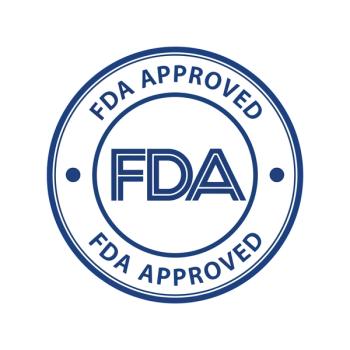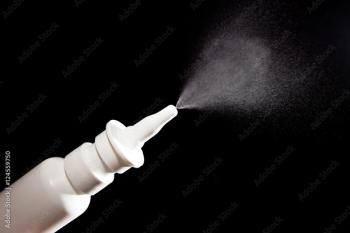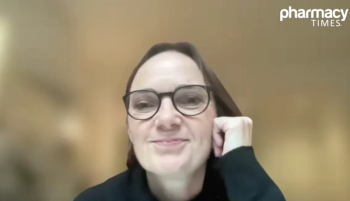
Adult Vaccination Rates Fall Short of Targets
Pharmacists can play an important role in informing adult patients of the vaccines they should receive to help protect against a range of infectious diseases.
Pharmacists can play an important role in informing adult patients of the vaccines they should receive to help protect against a range of infectious diseases.
Vaccination rates among adults in the United States are too low to adequately protect against conditions such as
“It’s important to send the message that vaccine-preventable diseases are critical to the future health of our country and they take a toll on our society,” said Howard Koh, MD, MPH, assistant secretary for health in the Department of Health and Human Services, during a press conference held to discuss the report.
The
Coverage with the PPSV23
Coverage with any vaccine protecting against tetanus over the past 10 years was 64.5% for those aged 19-49, 63.9% for those aged 50-64, and 54.4% for those aged 65 and older. Whites in all age categories had higher coverage rates than Asians, Hispanics, and blacks. Coverage with the Tdap vaccine was 12.5% for those aged 19-64, a 4.3-point increase over 2010, with increases observed in all racial and ethnic groups except Asians. Tdap coverage among health-care personnel was 26.8%, up 6.5 points.
The Tdap vaccine is recommended for all adults, and is particularly important for those who have regular contact with infants under the age of 1 due to their vulnerability to pertussis (whooping cough). Women are advised to get the Tdap vaccine during each pregnancy, with the best results ocurring when it is given during the third trimester, when immunity can be transferred to the baby. As Dr. Koh mentioned during the press conference, there were approximately 9300 cases of pertussis in 2012 and almost 42,000 cases in all,
Coverage with at least 2 doses of hepatitis A vaccine among those aged 18-49 was 12.5%, up 1.8 points over 2010. Coverage for those with chronic liver conditions was 17.1%, essentially unchanged since 2010. Coverage with at least 3 doses of hepatitis B vaccine among those aged 18-49 increased 2.1 points to 35.9%. For health-care personnel, coverage with the hepatitis B vaccine was 63.8%, similar to the 2010 level, but far short of the Healthy People 2020 goal of 90% coverage.
Coverage with the herpes zoster (shingles) vaccine among those aged 60 and older was 15.8%, similar to 2010, with much higher coverage among whites (17.9%) than blacks (7.9%), Hispanics (8.0%), and Asians (14.0%). However, coverage was up more than 3 points compared with 2010 for blacks and Hispanics. Approximately 50% of those who live past age 85 will develop shingles, a particularly painful condition caused by reactivation of the latent chicken pox virus in later life.
Coverage with at least 1 dose of the
“Vaccination coverage levels among adults are unacceptably low,” the report authors conclude. “Substantial improvement in adult vaccination is needed to reduce the health consequences of vaccine-preventable diseases among adults.”
Given that the adult vaccination schedule can be complicated and difficult for patients to navigate, pharmacists are ideally positioned to help increase their adult patients’ awareness of which vaccines they should get when.
For more information on vaccines recommended for adults, go to the CDC website:
Newsletter
Stay informed on drug updates, treatment guidelines, and pharmacy practice trends—subscribe to Pharmacy Times for weekly clinical insights.












































































































































































































